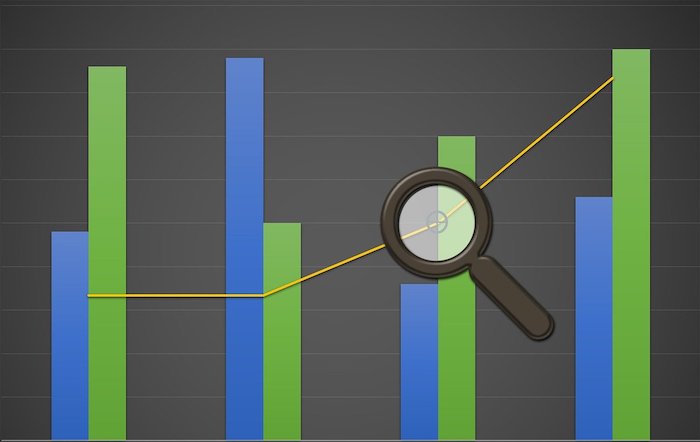The landscape of health insurance premiums has been subject to fluctuations over the years. Policyholders are now getting curious about the direction in which costs are headed. Since COVID-19, healthcare claims rise and medical inflation has surged. However, after the pandemic, non-COVID claims have recovered quite a bit.
Understanding the trends behind health insurance premiums has become vital for individuals seeking the best value for their money. The average cost of insurance premiums has increased by 43% since 2012, not only because of inflation but because of public demand as well.
This article delves into the current state of health insurance pricing, analyzing recent price increases and exploring the factors driving these changes.
Health Insurance Premiums in Figures
In recent years, health insurance pricing has experienced relative stability, with limited price increases and insurers providing partial premium rebates to their customers. However, two factors still led to a bit of stability in the market:
- The impact of the pandemic,
- Dramatic reduction in claims as hospitals prioritized crisis management
As we transition to a post-pandemic era, health insurance companies are grappling with the return to normalcy. This is resulting in increasing medical claims and inflationary pressures.
In 2023, we have already witnessed several health insurers announcing price increases. However, it is expected that this increase may not be as severe. It is expected that these prices will rise only by 6%. Having said that, it is important to note that insurers have requested the federal government to sanction an average rate increase of 18.7%.
We saw a 6% increase in the first half of 2023. In the second half, if this rate is approved, we may see massive increases in health insurance premium costs. While this leads to better savings (especially for New Yorkers), the low-profit margins for insurers may not last.
From Stability to Price Hikes: Factors Behind Price Increases
After a period of relative stability, health insurance price increases are making a comeback in 2023. The pandemic-induced reduction in claims and the state’s control over private hospitals for the public system created a temporary lull in premium adjustments.
The main driver behind the recent price increases is the return to pre-pandemic claims levels. It has led to increased demand for healthcare services. Private hospitals are facing higher costs due to:
- Rising wages,
- Energy expenses,
- Increased compliance requirements, and
- Healthcare costs in general.
As a result, they are actively seeking higher payments from health insurers. This, in turn, places additional financial burdens on the end consumer, i.e., you. If you aren’t careful about the insurer you choose, you may end up paying a lot more than you need to.
Another contributing factor is the increase in the Health Insurance levy. After a decrease in the previous year, the country is seeing a rise in interest rates and therefore, premium rates. As the overall population ages, the healthcare system faces mounting pressure and demand. This further contributes to the upward trajectory of health insurance prices.
The Impact of Age
When considering health insurance plans, age is a critical factor that influences costs over time. While it is essential to review plans frequently, it’s equally vital to ensure that the plan is relatively new. Older plans, even with modest annual increases, can accumulate significantly higher costs over the long term.
This is especially the case when compared to newer, more up-to-date plans. Moreover, older plans may have inferior benefits or lack modernized features suitable for current healthcare needs. You may end up losing out on new technology available for better diagnosis or treatment.
Providers continuously launch ~30 new plans each year, offering diverse options for consumers. Opting for a plan no more than 3 to 4 years old can ensure better value and access to modernized benefits.
Getting Better Value for Your Money
Despite the recent price increases, health insurance plans now offer more comprehensive coverage than ever before. It all comes down to how well-informed your decision is when choosing the provider and plan.
The evolution of health insurance has expanded the range of benefits and technologies. This is to cater to diverse needs, moving beyond hospital care for their clients. Providers now offer services such as clinics, digital doctors, and wellbeing services to address access challenges to primary care.
It is essential to review your health insurance plan regularly to ensure it aligns with your current healthcare needs and offers modernized benefits. By staying informed about the changing landscape and considering newer plans, policyholders can optimize their health insurance coverage, secure better value for their money, and enjoy comprehensive healthcare options that meet their specific requirements.
Navigating Health Insurance Premium Trends with Insurance Broker Hub
The landscape of health insurance premiums is experiencing a shift as the healthcare system returns to normalcy. As consumers navigate this evolving market, understanding the impact of age on premiums and opting for modernized plans has become crucial to get better value and comprehensive coverage.
Insurance Broker Hub’s licensed health insurance brokers stay abreast of the latest industry developments for you. This not only includes health insurance premium trends but also its value for money. We help you understand the driving factors behind rising costs, benefits, and how they meet your requirements.
With our expert insights, tailored solutions, and comprehensive understanding of coinsurance and policy details, you can make confident decisions about your health insurance coverage. Let us do the work for you, starting today! Request a free health insurance quote today to secure a plan that optimizes your healthcare needs and budget!


